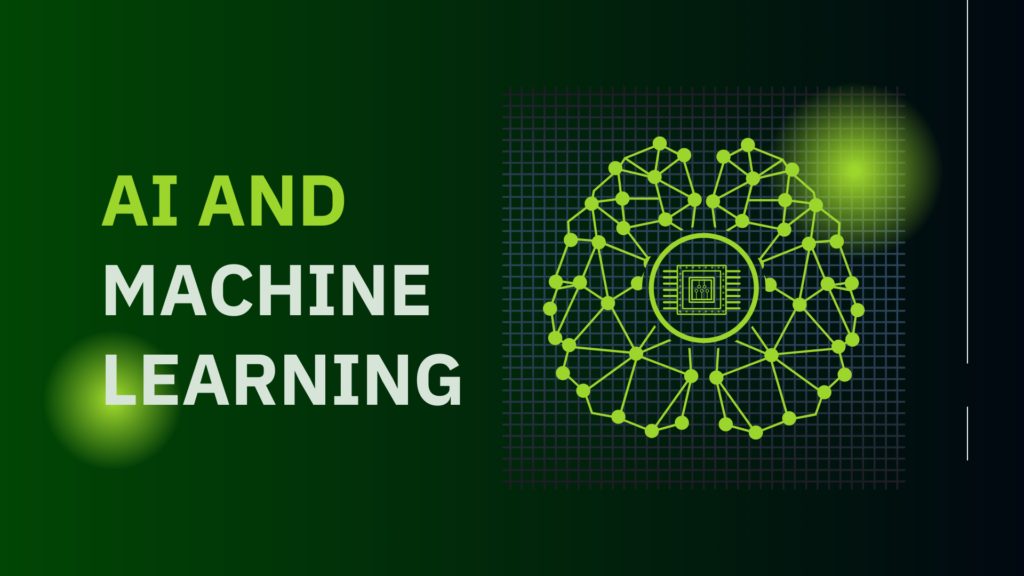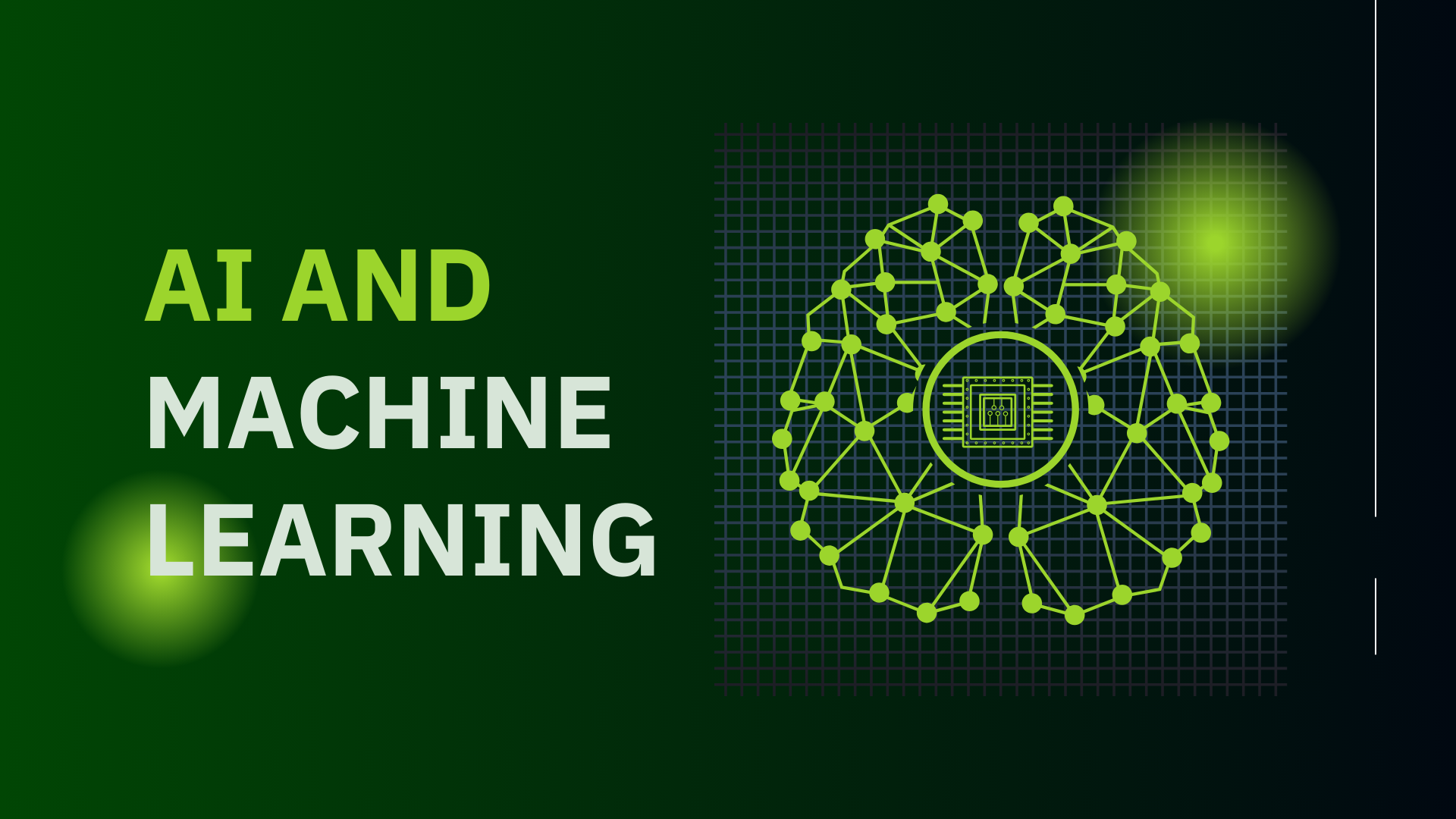
As we enter 2024, the fields of Artificial Intelligence (AI) and Machine Learning (ML) continue to evolve at a breakneck pace. Staying updated with the latest trends is crucial for professionals, researchers, and businesses looking to leverage these technologies for innovation and competitive advantage. Here’s an overview of some of the most promising advancements and trends in AI and ML for 2024.
1. Foundation Models and Their Expanding Influence
- Overview: Foundation models, large-scale AI systems trained on vast amounts of data, continue to shape the AI landscape. These models, such as GPT-4, have shown remarkable capabilities across diverse tasks, from natural language processing to image generation.
- Impact: Their ability to be fine-tuned for specific applications makes them versatile and valuable for businesses across industries, reducing the time and resources needed to develop AI solutions from scratch.
2. AI for Sustainability and Climate Change
- Overview: With growing concerns about climate change, AI is increasingly being applied to environmental challenges. From optimizing energy consumption to predicting natural disasters, AI is playing a crucial role in sustainability efforts.
- Impact: Companies are integrating AI-driven solutions to reduce their carbon footprint, improve resource management, and support global sustainability goals.
3. Edge AI: Moving Intelligence Closer to the Source
- Overview: Edge AI refers to deploying AI algorithms on devices at the edge of networks, such as smartphones, cameras, or IoT devices. This trend is driven by the need for real-time processing and reduced latency.
- Impact: Industries like healthcare, manufacturing, and transportation are increasingly adopting edge AI to enable faster decision-making and reduce reliance on cloud computing.
4. AI-Augmented Creativity
- Overview: AI is becoming a powerful tool for enhancing human creativity. Tools powered by AI are being used in music composition, art creation, and even content writing, providing new avenues for creative expression.
- Impact: Businesses in media, entertainment, and marketing are leveraging AI to streamline creative processes and develop personalized content at scale.
5. Reinforcement Learning Advancements
- Overview: Reinforcement learning, a type of ML where agents learn by interacting with their environment, has seen significant breakthroughs. These advancements are pushing the boundaries in robotics, gaming, and autonomous systems.
- Impact: With improved algorithms and computational power, reinforcement learning is enabling more sophisticated autonomous systems, from self-driving cars to AI-driven trading systems.
6. AI and Quantum Computing Convergence
- Overview: The intersection of AI and quantum computing is a burgeoning field with the potential to revolutionize problem-solving. Quantum computing could exponentially increase the processing power available for complex AI algorithms.
- Impact: While still in its early stages, the convergence of these technologies promises to tackle problems that are currently intractable for classical computers, such as molecular modeling and cryptography.
7. Responsible AI and Governance
- Overview: As AI becomes more integrated into critical aspects of society, there’s a growing emphasis on responsible AI development. This includes addressing biases in AI systems, ensuring transparency, and implementing robust governance frameworks.
- Impact: Governments and organizations are increasingly adopting guidelines and regulations to ensure that AI is developed and used ethically, minimizing risks associated with biased or unfair AI systems.
8. AI in Healthcare: From Diagnosis to Treatment
- Overview: AI’s role in healthcare continues to expand, with new applications ranging from early diagnosis to personalized treatment plans. AI-driven tools are also being used to analyze medical images, predict disease outbreaks, and optimize treatment protocols.
- Impact: The healthcare industry is witnessing improved patient outcomes, reduced costs, and enhanced operational efficiency thanks to AI innovations.
9. Natural Language Processing (NLP) and Understanding
- Overview: NLP has made significant strides, with AI systems becoming better at understanding and generating human language. This has led to more natural interactions between humans and machines, improving customer service, translation services, and accessibility tools.
- Impact: Businesses are leveraging advanced NLP to enhance customer experiences, automate routine tasks, and provide more accurate and context-aware AI assistants.
10. AI Democratization: Making AI Accessible
- Overview: The democratization of AI refers to making AI tools and technologies accessible to a broader audience, including non-experts. This trend is fueled by the proliferation of no-code or low-code platforms that enable users to build AI models without extensive programming knowledge.
- Impact: More businesses, especially SMEs, are now able to harness AI to drive innovation and efficiency, leveling the playing field and fostering a new wave of AI-driven startups.
Conclusion
2024 is set to be a transformative year for AI and ML, with advancements that will not only push the boundaries of what these technologies can do but also make them more accessible and responsible. For businesses, staying ahead of these trends will be key to leveraging AI and ML effectively, driving innovation, and achieving long-term success. Whether it’s through adopting foundation models, implementing edge AI, or ensuring responsible AI practices, the future holds vast potential for those ready to embrace these emerging technologies.
